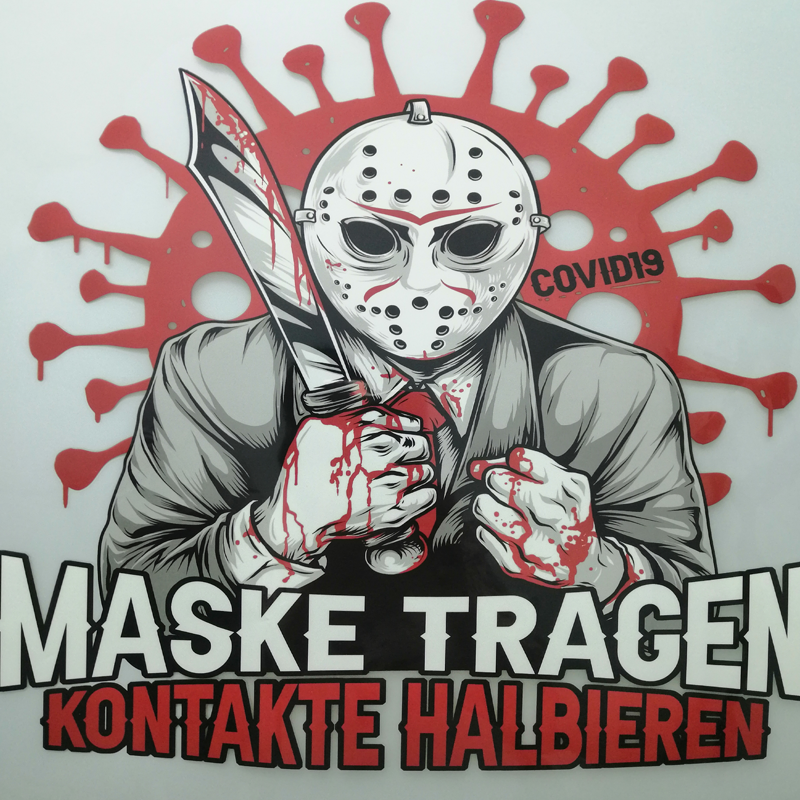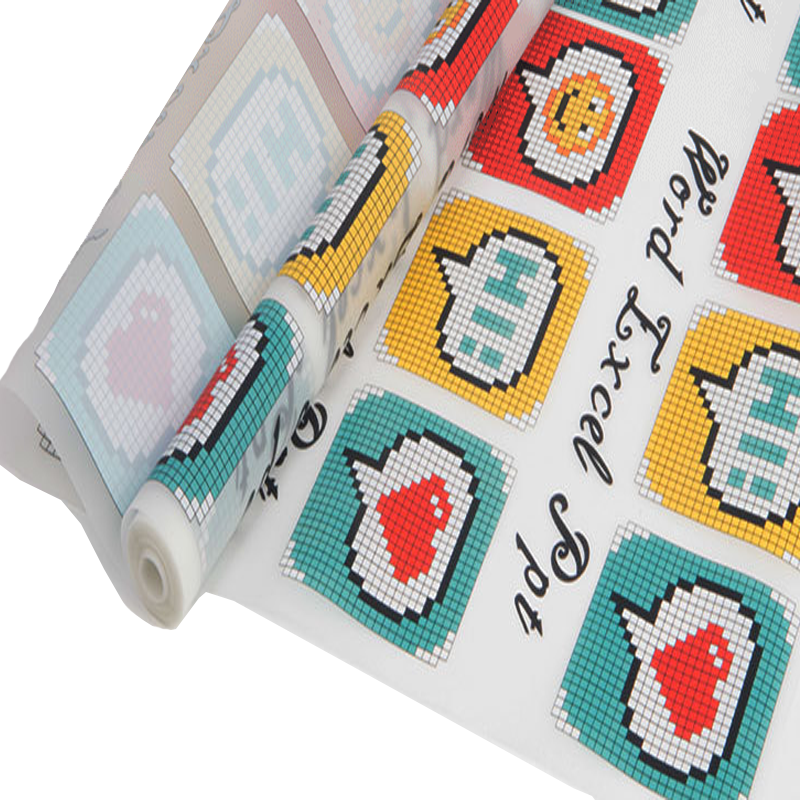The primary distinctions between offset printing and DTF (Direct-to-Film) technology lie in three key aspects: production principles, cost structures, and application scenarios. Offset printing utilizes CMYK ink for industrial-scale production, while DTF employs intelligent inkjet technology to meet personalized customization demands.
Uses lithographic technology with CMYK color overlay for pattern creation
Requires 6 production steps including plate-making, white base printing, and adhesive coating
Depends on large four-color printing presses

Employs direct inkjet printing technology
Features an integrated smart production process: printing → powder application → powder shaking → drying
Requires only 4 steps with no plate-making needed, ideal for rapid order fulfillment
| Comparison Factor | Offset Printing | DTF Technology |
|---|---|---|
| Minimum Order Quantity | ≥500 pieces (plate cost allocation required) | Supports single-piece orders |
| Equipment Investment | High (four-color printing presses at million-level investment) | Moderate (standard heat transfer machines at hundred-thousand level) |
| Labor Requirements | Requires skilled technicians | Highly automated process |
✔ Large-volume orders (500+ pieces per batch)
✔ Projects requiring photographic-level precision
✔ Printing on synthetic fabrics like polyester
✔ Dark fabric applications (superior white ink coverage)
✔ Small-batch customization (team uniforms, couple outfits, etc.)
✔ Projects emphasizing natural fabric feel (no adhesive edge treatment)
 Hot News
Hot News2025-08-28
2025-08-18
2025-08-11
2025-08-04
2025-07-25
2025-07-23